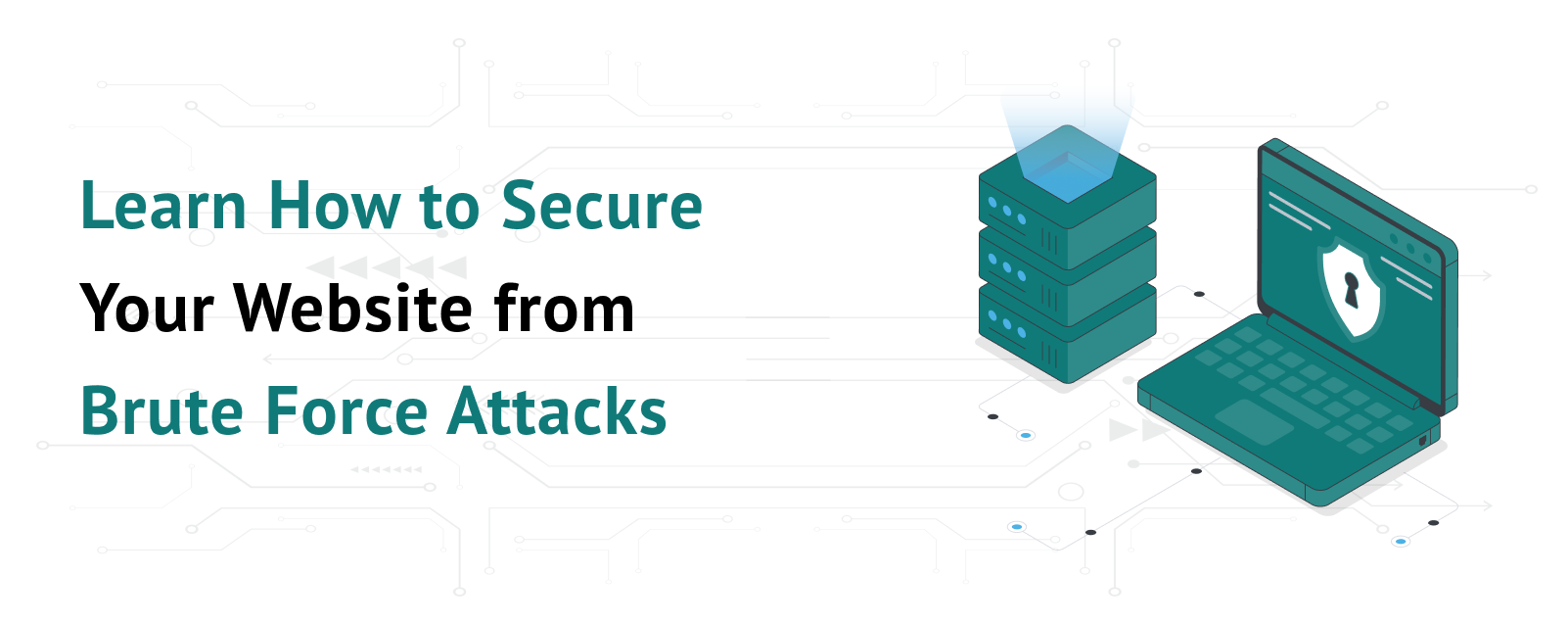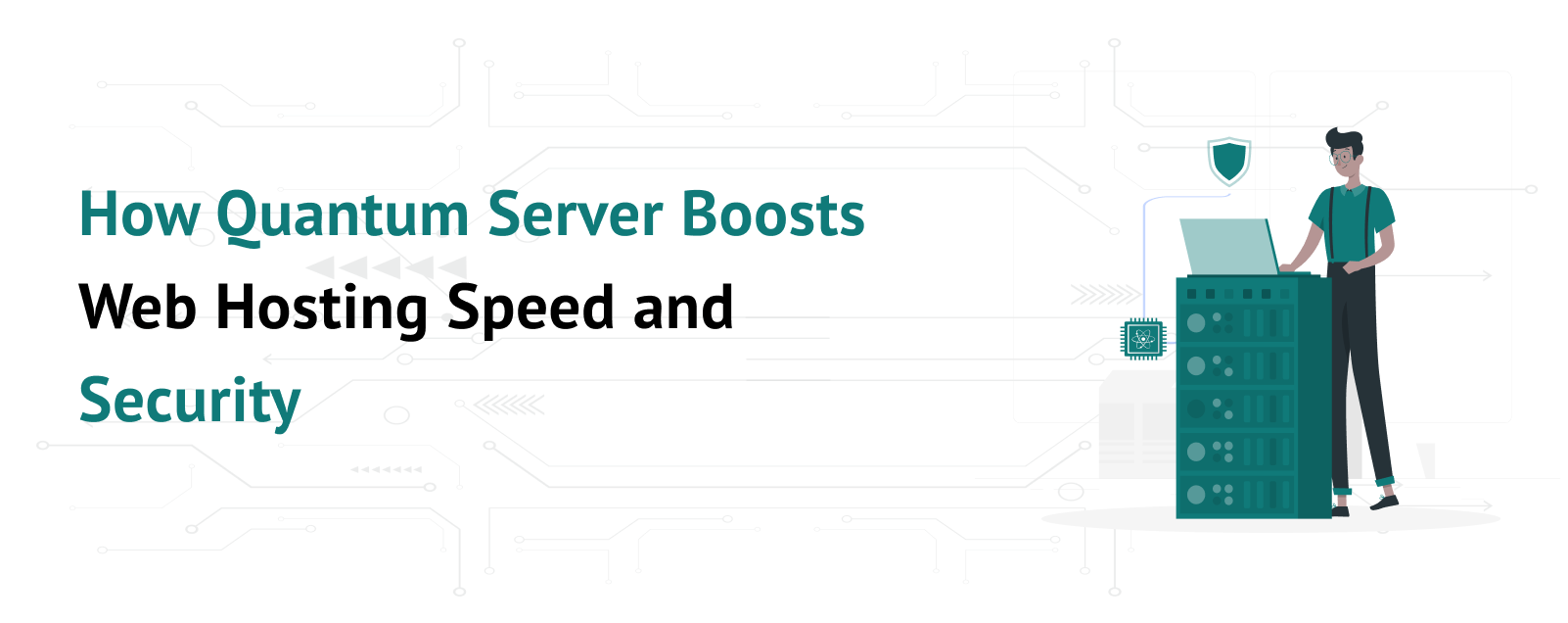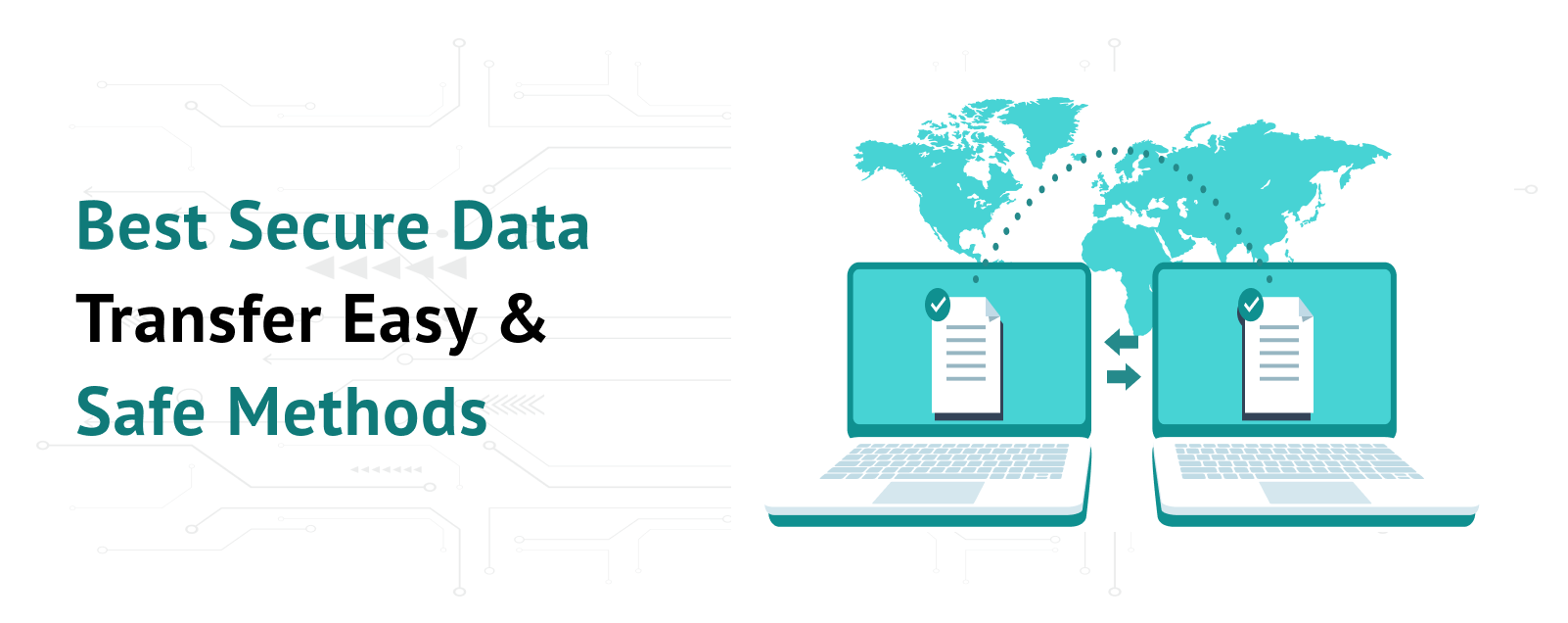A brute force attack is a hacking method where attackers try to guess your password or login credentials by trying multiple combinations. They use automated tools to enter thousands or even millions of possible passwords until they find the correct one. This can put your website at risk, leading to data theft, unauthorized access, and even complete website control by hackers. To keep your website secure, you need to take measures to prevent brute force attacks. In this article, we will discuss different ways to protect your website from such attacks and ensure its security.
Table of Contents
Use Strong Passwords
One of the easiest ways to protect your website is by using strong passwords. A weak password like “123456” or “password” is easy for hackers to guess. Instead, follow these tips:
Use a mix of uppercase and lowercase letters.
Include numbers and special characters.
Make your password at least 12 characters long.
Avoid using personal information like your name or birthday.
Change passwords regularly.
Using a password manager can help you generate and store strong passwords securely.
Enable Two-Factor Authentication (2FA)
Two-factor authentication (2FA) adds an extra layer of security to your login process. Even if a hacker guesses your password, they need a second verification step to access your website. Common 2FA methods include:
A one-time password (OTP) is sent to your mobile phone or email.
Authentication apps like Google Authenticator or Authy.
Hardware security keys like YubiKey.
Enabling 2FA makes it much harder for hackers to break into your website.
Limit Login Attempts
By default, most websites allow users to try logging in multiple times. This gives attackers the chance to try different password combinations. To stop this, limit login attempts so that the user is temporarily locked out after a few failed attempts.
You can use plugins and tools like:
Limit Login Attempts Reloaded (WordPress)
Login Security Solution (Joomla)
fail2ban (for Linux-based servers)
These tools help prevent attackers from repeatedly guessing passwords.
Use CAPTCHA Verification
CAPTCHA (Completely Automated Public Turing test to tell Computers and Humans Apart) helps prevent bots from trying multiple password combinations. CAPTCHA challenges users with puzzles that are easy for humans but difficult for automated bots.
Popular CAPTCHA solutions include:
Google reCAPTCHA
hCaptcha
Cloudflare Turnstile
Adding CAPTCHA to login pages, registration forms, and contact forms reduces the risk of brute force attacks.
Change the Default Login URL
Most websites have common login URLs, such as:
example.com/wp-admin (for WordPress sites)
example.com/admin (for general websites)
example.com/login
Hackers target these URLs to launch brute force attacks. Changing your login URL to something unique (e.g., example.com/mycustomlogin) can make it harder for attackers to find the login page.
For WordPress users, plugins like WPS Hide Login help change the default login URL easily.
Use a Web Application Firewall (WAF)
A Web Application Firewall (WAF) blocks malicious traffic before it reaches your website. It helps detect and prevent brute force attacks by blocking suspicious IP addresses.
Popular WAF services include:
Cloudflare WAF
Sucuri Firewall
Imperva WAF
A WAF acts as a security shield and filters out harmful requests to your website.
Monitor and Block Suspicious IP Addresses
Attackers often use specific IP addresses to launch brute-force attacks. You can monitor login attempts and block suspicious IPs.
Some security plugins and tools to help with this include:
Wordfence Security (for WordPress)
cPHulk Brute Force Protection (for cPanel users)
ModSecurity (for Apache and Nginx servers)
Regularly checking your website logs can help identify and block dangerous IPs.
Keep Your Website Updated
Outdated software, plugins, or themes can have security vulnerabilities that hackers exploit. Always keep your:
CMS (WordPress, Joomla, Drupal, etc.) updated.
Plugins and themes updated.
Server software (PHP, MySQL, Apache, etc.) updated.
Regular updates fix security flaws and protect against attacks.
Use Secure Hosting Services
Your web hosting provider plays a crucial role in website security. Choose a secure hosting provider that offers:
DDoS protection
Automatic backups
SSL certificates
Server-side security measures
Get the best-recommended hosting provider with strong security features.
Enable Login Notifications
Login notifications alert you whenever someone logs into your website. If you receive an unexpected login alert, you can take action immediately.
Some tools for login notifications include:
WP Activity Log (for WordPress)
Admin Tools (for Joomla)
cPanel security notifications
Setting up login alerts helps you detect unauthorized access quickly.



